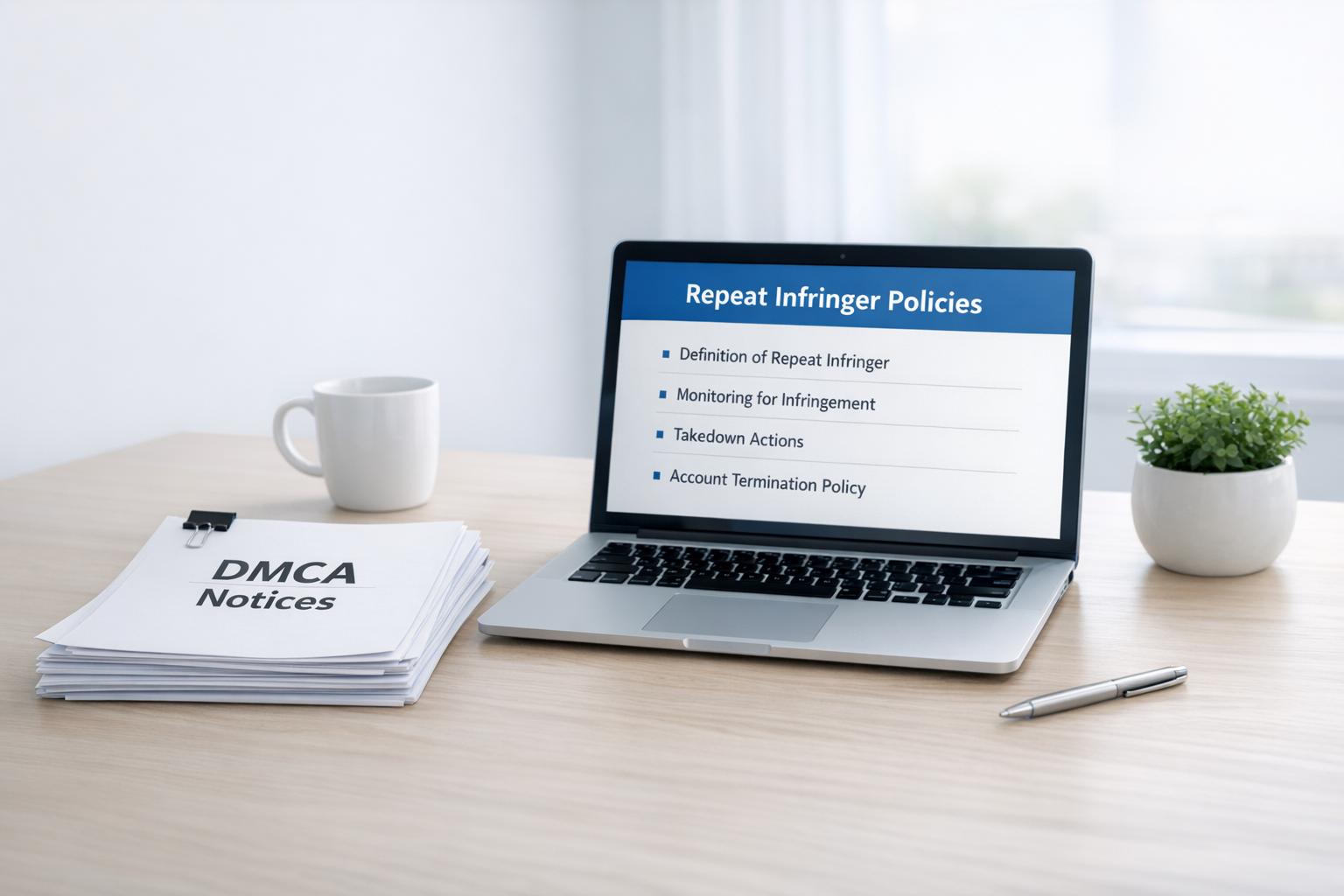Digital asset tracking software helps organizations manage their digital resources effectively throughout their lifecycle. The key features include:
- Asset inventory and version control
- Access management and metadata organization
- Collaboration tools and reporting/analytics
- Compliance and security measures
Here are the top 7 digital asset tracking solutions for 2024:
| Software | Key Features |
|---|---|
| Software A | Paperless solution, collaboration, customer access, lifecycle management |
| Software B | Document management, QR code access, lifecycle tracking, paperless |
| Software C | Asset tracking, metadata management, version control, access controls |
| Software D | Central storage, version history, custom tagging, access controls |
| Software E | Asset repository, version history, metadata tagging, access controls |
| Software F | Centralized library, advanced search, metadata extraction, asset previews |
| Software G | Lifecycle tracking, digital twin integration, AI analytics, mobile access |
When choosing a solution, consider your needs, budget, user-friendliness, integration capabilities, scalability, advanced features, mobile access, and vendor support.
Related video from YouTube
1. Software A

Features
- Paperless Solution: Provides digital access to project information via a QR code, eliminating the need for physical paperwork and conflicting data.
- Collaboration and Sharing: Enables easy collaboration and document sharing among project team members, including engineers, contractors, and service providers.
- Customer Access: Allows customers and facility managers quick access to up-to-date equipment information through the QR code, facilitating maintenance, inspections, and operations.
- Lifecycle Management: Supports documentation and collaboration from the initial build phase through commissioning, operations, maintenance, and disposal.
Usability
The digital solution simplifies project handover, making it easier for customers to access necessary information whenever needed. The QR code provides a convenient reference throughout the project lifecycle, from the vendor’s facility to the client’s location.
Integration
The software supports emerging regulations, such as the digital product passport in Europe, which requires product sustainability documentation.
2. Software B
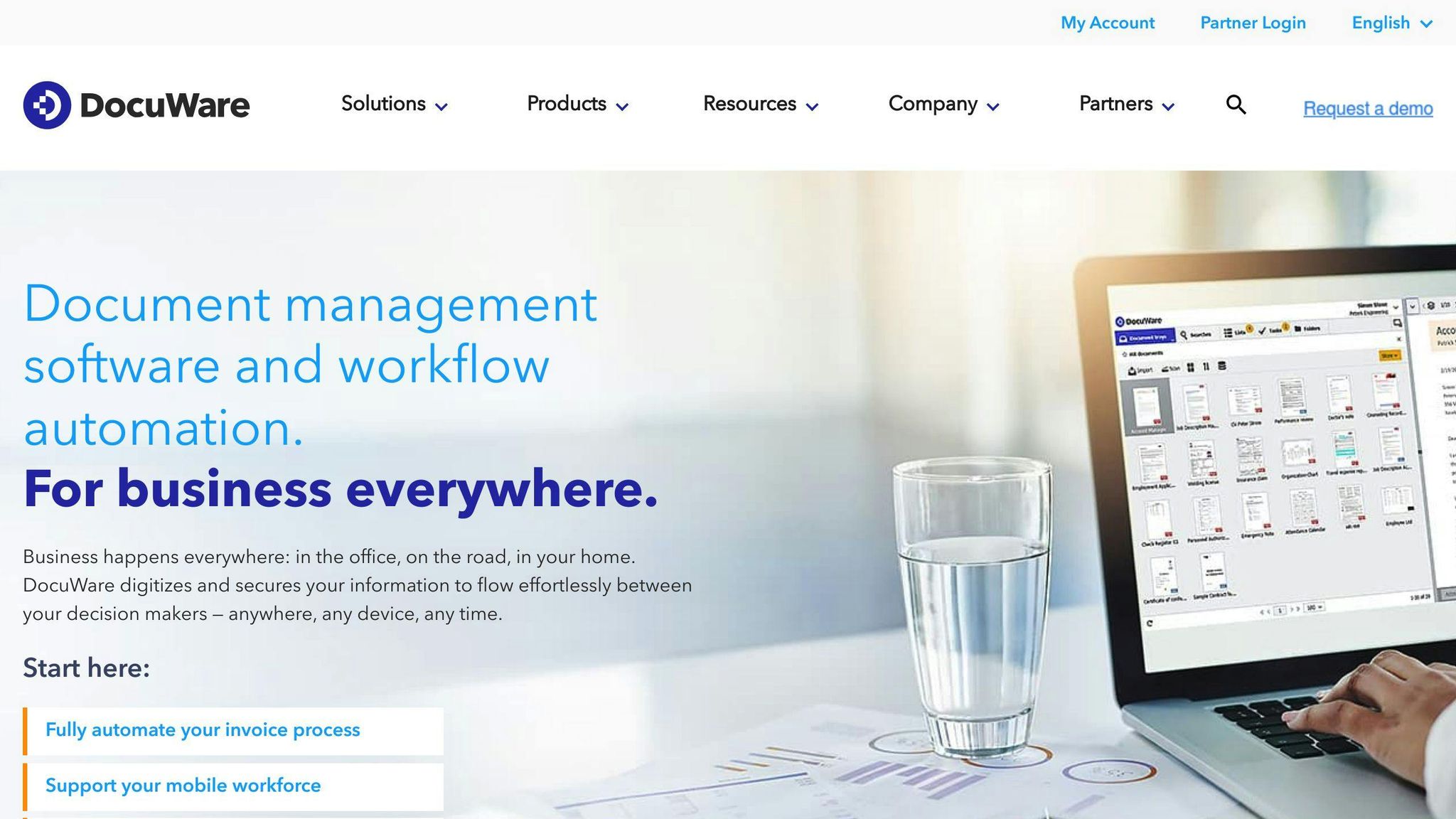
Features
- Document Management: Allows team members to easily collaborate, share, and find project documents.
- QR Code Access: Provides quick access to up-to-date equipment information via a QR code on the switchboard.
- Lifecycle Tracking: Tracks documentation and information access throughout the asset’s lifecycle, from construction to operation and maintenance.
- Paperless Solution: Eliminates the need for physical paperwork and outdated files by providing a digital project representation.
Usability
- Simplified Handover: Streamlines the project handover process, making it easier for customers to access necessary information when needed.
- Convenient Reference: The QR code on the switchboard serves as a handy reference during various stages, such as factory and site acceptance tests.
- Information Accessibility: Ensures customers and facility managers have quick access to up-to-date equipment information for efficient operations and maintenance.
Integration
| Feature | Description |
|---|---|
| Regulatory Compliance | Supports emerging regulations, such as the digital product passport in Europe, which requires comprehensive product sustainability documentation. |
3. Software C
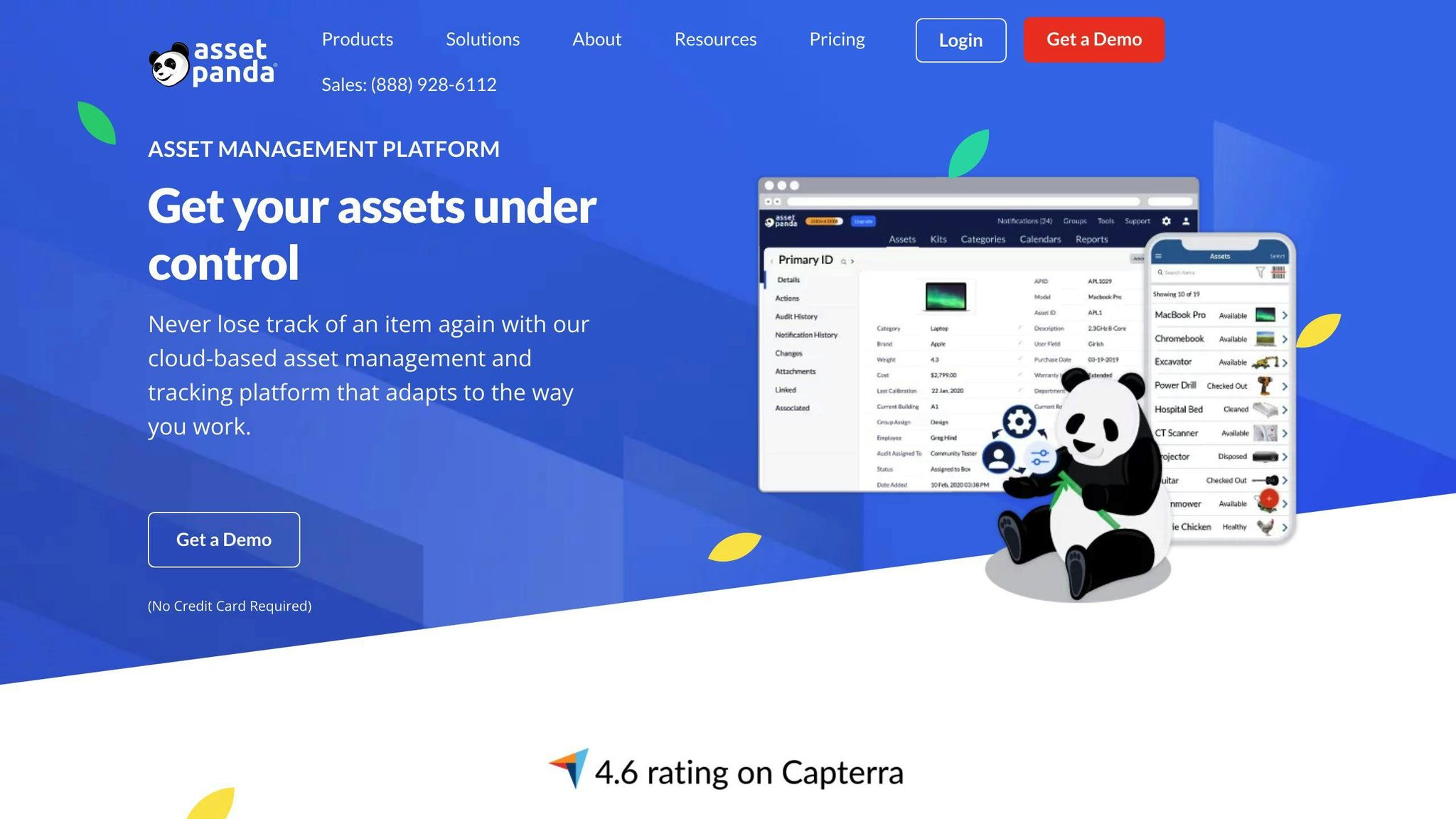
Features
- Asset Tracking: Track digital assets from creation to archiving.
- Metadata Management: Add, edit, and organize metadata for easy asset search.
- Version Control: Access previous versions of digital assets.
- Access Controls: Control who can access, modify, or share digital assets.
Usability
- User-friendly Interface: Manage and access digital assets easily.
- Collaboration Tools: Share, comment, and work on digital assets together.
- Automated Workflows: Save time by automating tasks like file conversions and distribution.
Integration
| Integration | Description |
|---|---|
| Cloud Storage | Access and manage digital assets from a central location. |
| Creative Suite Plugins | Import and export digital assets directly from creative software. |
| API Access | Integrate the software’s functionality into existing systems and workflows. |
4. Software D
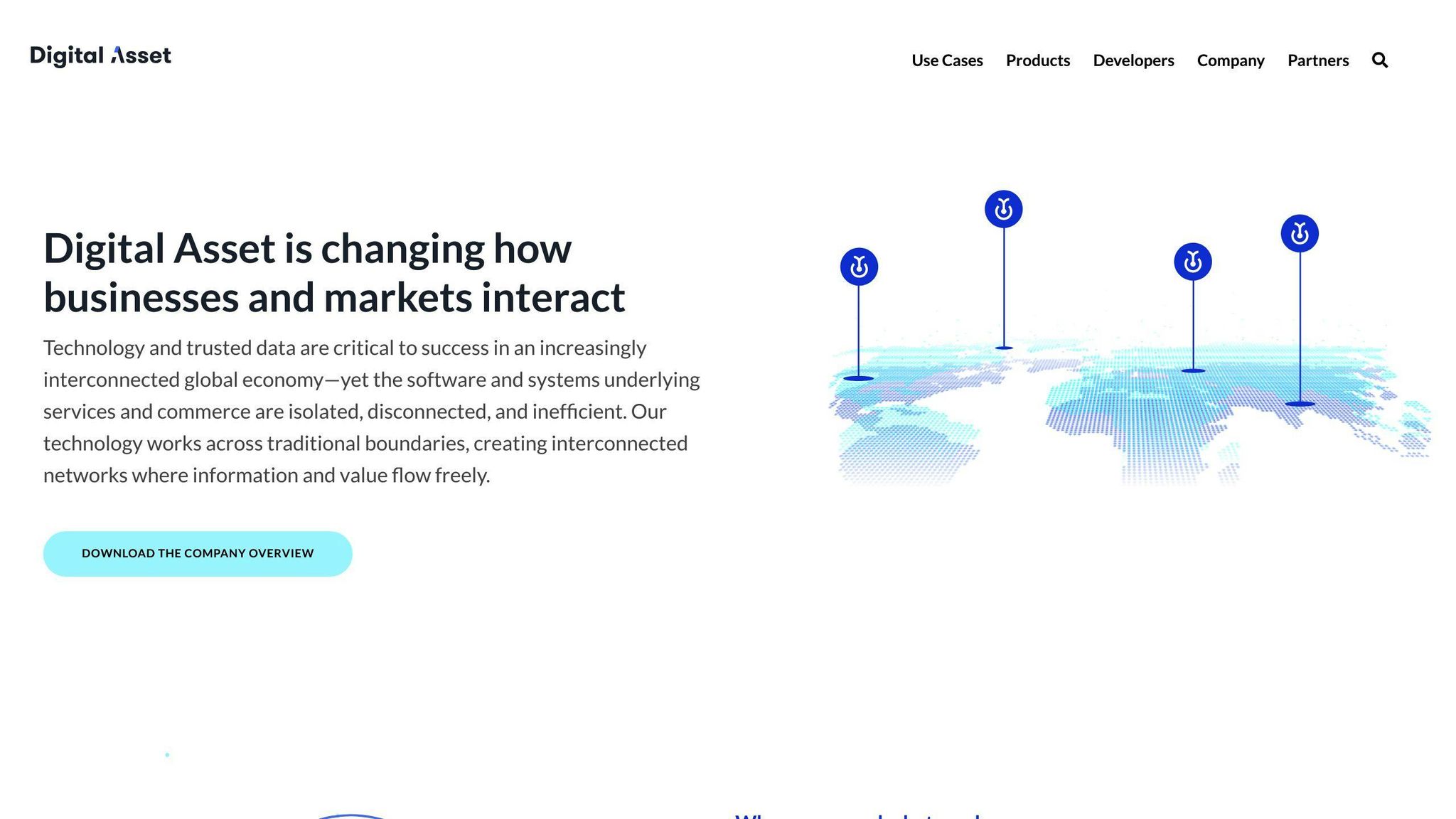
Features
- Digital Asset Storage: Keep all your digital files and media in one central location.
- Version History: Track changes and access previous versions of assets easily.
- Custom Tagging: Add tags and metadata to assets for better organization and search.
- Access Controls: Set permissions to control who can view, edit, or share specific assets.
Usability
- Simple Interface: User-friendly design makes managing assets straightforward.
- Bulk Actions: Perform tasks like renaming, moving, or deleting on multiple assets at once.
- Mobile Access: Access and manage your assets from anywhere using the mobile app.
Integration
| Integration | Description |
|---|---|
| Cloud Storage | Connect to popular cloud storage services like Dropbox, Google Drive, and OneDrive. |
| Creative Tools | Integrate with Adobe Creative Cloud, Final Cut Pro, and other creative software. |
| API Access | Extend functionality by integrating with existing systems via the API. |
sbb-itb-738ac1e
5. Software E
Features
- Asset Repository: A central location to store, organize, and manage all your digital assets.
- Version History: Track changes and access previous versions of assets easily.
- Metadata Tagging: Add custom metadata, tags, and keywords to assets for better organization and search.
- Access Controls: Set permissions to control who can view, edit, download, or share specific assets.
Usability
- Clean Interface: User-friendly design with a simple layout for easy navigation and asset management.
- Bulk Actions: Perform tasks like renaming, moving, or deleting on multiple assets at once.
- Mobile App: Access and manage your digital assets from anywhere using the mobile app.
Integration
| Integration | Description |
|---|---|
| Cloud Storage | Connect to popular cloud storage services like Dropbox, Google Drive, and OneDrive for seamless asset storage and access. |
| Creative Tools | Integrate with Adobe Creative Cloud, Final Cut Pro, and other creative software for streamlined workflows. |
| API Access | Extend functionality by integrating with existing systems and applications via the API. |
6. Software F
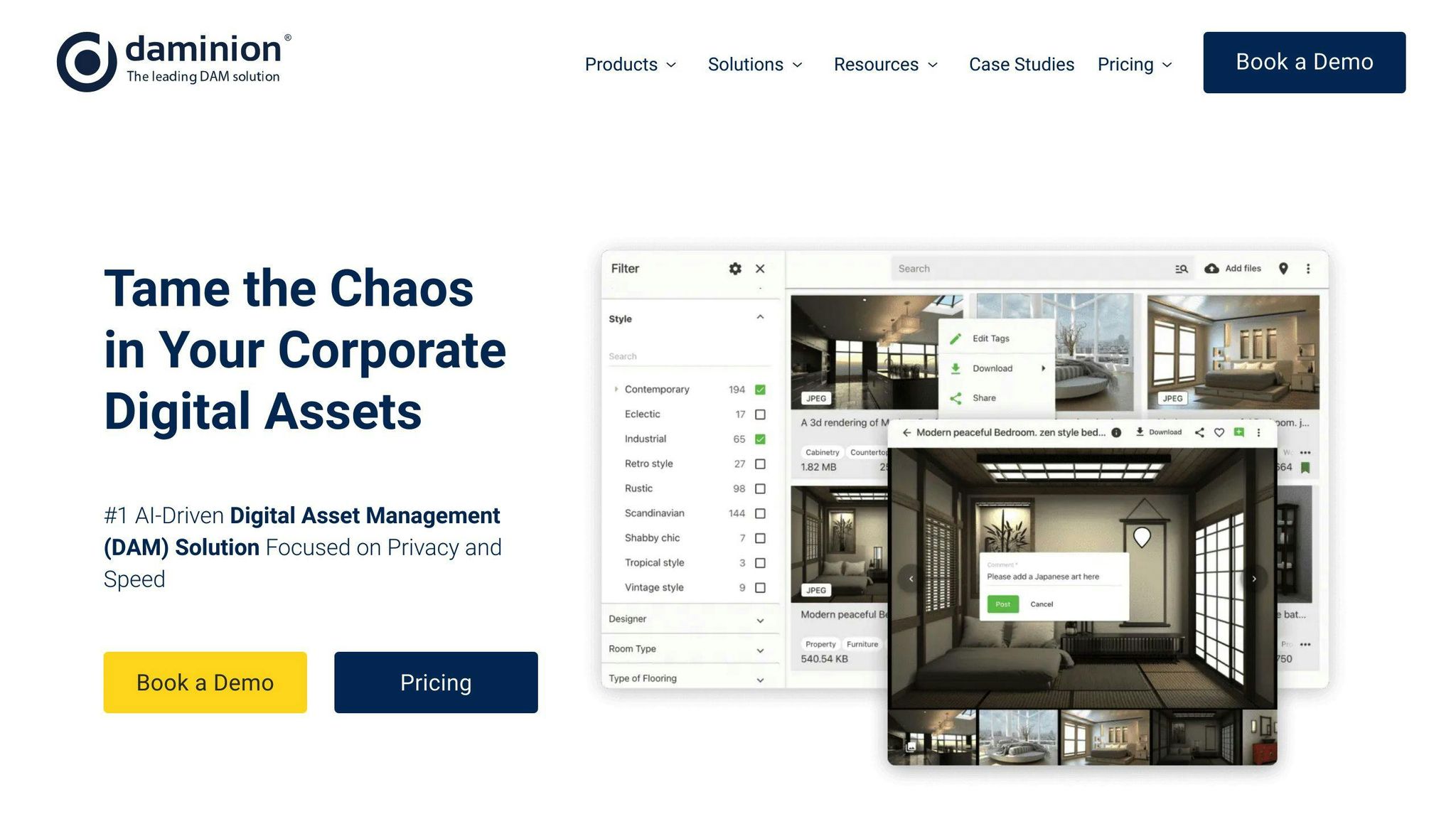
Features
- Centralized Asset Library: Store all digital assets securely in the cloud for easy access and management.
- Advanced Search and Filtering: Find assets quickly using powerful search with filters for metadata, file types, and more.
- Automated Metadata Extraction: Reduce manual data entry by automatically extracting metadata from uploaded files.
- Asset Previews and Annotations: Preview assets without downloading, and add annotations for collaboration.
- Customizable Workflows: Create custom workflows for asset approval, review, and publishing processes.
Usability
- User-friendly Interface: Clean and modern design with an intuitive layout for effortless navigation.
- Drag-and-Drop Uploads: Upload assets easily by dragging and dropping files into the web interface.
- Mobile Access: Access and manage digital assets from anywhere using the mobile app for iOS and Android.
- Batch Operations: Perform actions like renaming, moving, or deleting on multiple assets at once.
Integration
| Integration | Description |
|---|---|
| Cloud Storage | Connect seamlessly to popular cloud storage services like Google Drive, Dropbox, and OneDrive. |
| Creative Tools | Integrate with Adobe Creative Cloud, Sketch, and other design software for streamlined workflows. |
| Content Management Systems | Easily integrate with popular CMS platforms like WordPress, Drupal, and Joomla for efficient content management. |
| API Access | Extend functionality and integrate with existing systems and applications using the robust API. |
7. Software G

Features
- Asset Lifecycle Tracking: Monitor and manage digital assets from creation to disposal, including version control and audit trails.
- Digital Twin Integration: Link physical assets to their digital counterparts for real-time data synchronization and monitoring.
- AI-Powered Analytics: Use machine learning to gain insights into asset performance, maintenance needs, and optimization opportunities.
- Mobile Access: Access asset data and perform tasks from anywhere using the mobile app for iOS and Android devices.
Usability
- User-Friendly Interface: Clean and modern UI design with customizable dashboards for personalized workflows.
- Collaboration Tools: Facilitate teamwork with built-in chat, commenting, and task assignment features.
- Automated Workflows: Set up automated workflows for asset approvals, notifications, and maintenance scheduling.
- Reporting and Analytics: Generate reports and visualize asset data through interactive dashboards and charts.
Integration
| Integration | Description |
|---|---|
| IoT Platforms | Connect to IoT platforms like Azure IoT Hub, AWS IoT Core, and Google Cloud IoT for real-time asset data ingestion. |
| ERP/CMMS Systems | Integrate with Enterprise Resource Planning (ERP) and Computerized Maintenance Management Systems (CMMS) for seamless data exchange. |
| CAD/BIM Tools | Import asset data directly from Computer-Aided Design (CAD) and Building Information Modeling (BIM) tools. |
| API and Webhooks | Extend functionality and integrate with other systems using the robust API and webhook support. |
Pros and Cons Comparison
Digital asset tracking software helps organizations manage their digital resources effectively. However, each solution has its own advantages and drawbacks. Here’s a comparison of the pros and cons of the top digital asset tracking software:
| Software | Pros | Cons |
|---|---|---|
| Software A | – Real-time asset tracking and location monitoring – Streamlined maintenance schedules – Custom roles and access controls |
– Limited integration options – Difficult for non-technical users to learn – Expensive for small businesses |
| Software B | – User-friendly interface – Great collaboration tools – Robust reporting and analytics |
– Limited mobile app functionality – Lacks advanced automation features – Scalability issues for large organizations |
| Software C | – Tracks assets throughout their lifecycle – Integrates with digital twins – Uses AI for analytics |
– Complex setup and implementation – Limited customer support – High cost for advanced features |
| Software D | – Easy integration with IoT platforms – Seamless ERP/CMMS system integration – Imports CAD/BIM data |
– Limited customization options – Outdated user interface – Slow performance with large asset libraries |
| Software E | – Affordable for small businesses – Simple and intuitive interface – Good range of integrations |
– Limited advanced features – Lacks real-time tracking capabilities – Basic reporting and analytics |
| Software F | – Robust API for customization – Excellent for handling media files – Scalable for high usage |
– Difficult for non-technical users to learn – Limited customer support – Pricing can escalate quickly with higher usage |
| Software G | – Tracks asset lifecycle – Integrates with digital twins – Uses AI for analytics – Mobile access |
– Complex setup and implementation – Limited customer support – High cost for advanced features |
When choosing digital asset tracking software, consider your organization’s needs, budget, and technical capabilities. Some solutions offer advanced features like AI analytics and digital twin integration but are more expensive and complex to implement. Others are more affordable and user-friendly but lack advanced functionalities. Strike a balance between the features you require and the costs and complexities involved.
Choosing the Right Software
When selecting digital asset tracking software, it’s important to carefully consider your organization’s specific needs, priorities, and budget. Each solution offers different features, capabilities, and pricing models, so finding the right fit is crucial.
Here are some key factors to evaluate:
User-Friendliness
Look for software with an intuitive interface that’s easy for your team to learn and use. This will ensure smooth adoption and productivity.
Integration Capabilities
Assess how well the software integrates with your existing systems, such as ERP, CMMS, or IoT platforms. Seamless integration can streamline workflows and data exchange.
Scalability
Ensure the software can grow with your organization, accommodating future expansion and increased asset volumes without compromising performance.
Advanced Features
Determine if you require advanced functionalities like AI-powered analytics, digital twin integration, or robust customization options. Prioritize solutions that align with your requirements.
Mobile Access
Evaluate the software’s mobile capabilities. Real-time asset tracking and on-the-go access can significantly enhance operational efficiency.
Support and Training
Consider the level of support and training provided by the vendor. These can greatly impact the successful implementation and ongoing use of the software.
| Key Consideration | Description |
|---|---|
| User-Friendliness | Look for an intuitive interface that minimizes the learning curve for your team. |
| Integration Capabilities | Assess how well the software integrates with your existing systems, such as ERP, CMMS, or IoT platforms. |
| Scalability | Ensure the software can grow with your organization, accommodating future expansion and increased asset volumes. |
| Advanced Features | Determine if you require advanced functionalities like AI-powered analytics, digital twin integration, or robust customization options. |
| Mobile Access | Evaluate the software’s mobile capabilities for real-time asset tracking and on-the-go access. |
| Support and Training | Consider the level of support and training provided by the vendor. |

